Loose Housing Dairy Farm in India
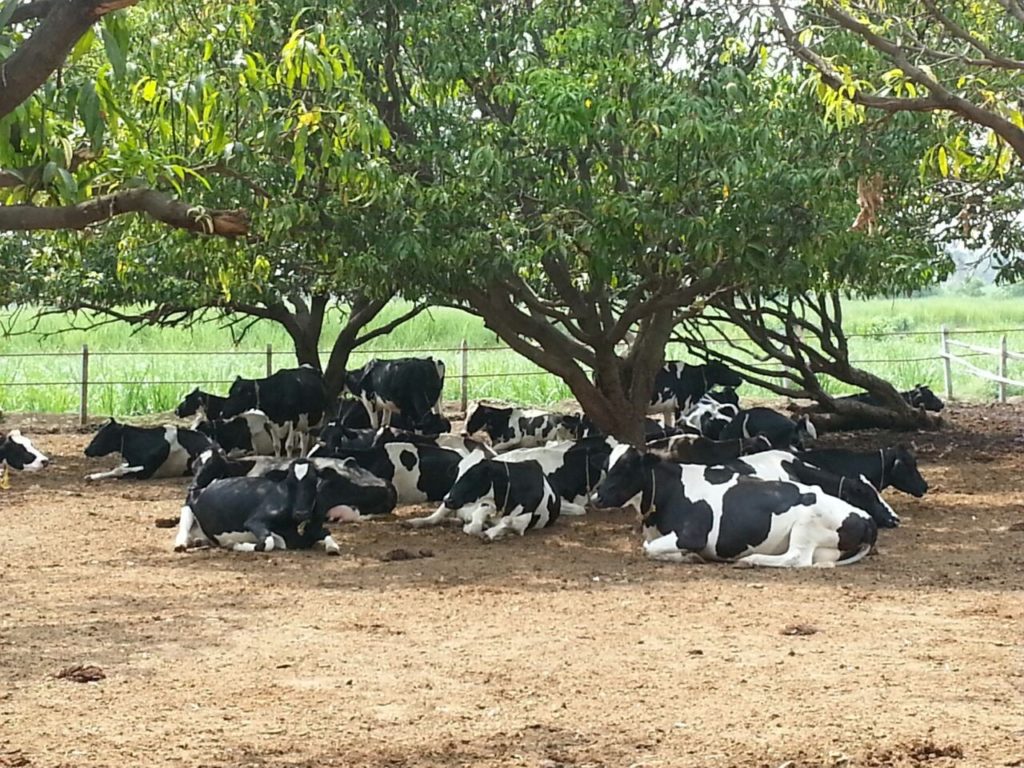
Loose housing dairy farm plays vital role in Modern Dairy farming in India. It helps in reducing labour hours and labour costs as well as reduction in expenses through decrease in diseases among cows and buffaloes of your Dairy Farm.
Traditional methods and their shortcomings
Indian farmer has been traditionally practicing age old methods in dairy farming. There are very few examples wherein number of milch animals have increased in a particular dairy farm following the traditional farming methods.
For example, if a farmer is having one cow this year, considering the amount of calves it will give birth to, he should have four to five animals within a span of 5 years. But in reality, even after 5 years most of the farmers have one or two animals in their respective dairy farms.
Read this article in Marathi मराठी मध्ये वाचा मराठी मुक्त गोठा and हिंदी में पढिये हिंदी मुक्त संचार डेयरी फार्म
Along with this, the average milk producing capacity of Indian milch animals is really low. 90% of the farmers are rearing 2-3 animals only. The business of milk cannot be profitable with such low number of milch animals, as when the cow dries and if there are problems with fertility which is very common, small dairy farmers are bound to make losses.
There is no way out to improve the condition, without increasing the number of animals and improving the breed quality.
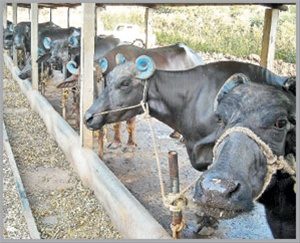
Traditional buffalo Dairy farm in India
Reasons for failure in milk business
There are two prime factors behind limited number of milch animals reared by Indian dairy farmer
- Large amount of efforts, hard work required in doing business through traditional means.
Farmers doing this business traditionally spend more time in removing cow dung multiple times a day
- Lack of fodder management and planning
How to carry out Profitable Milk Business (Dairy Farm) in India
To reduce your daily workload, loose housing dairy farm and silage making should be adopted.
While taking care of milch animals you should loose housing in your dairy farm. It reduces the amount of effort required and also helps to improve the well-being of animals – happy and stress free cows. This results to increase in milk output.
Let us understand free range dairy farming further
What is free range barn or loose housing barn method?
- In loose housing farms, cows are never tied with ropes.
- Cows are allowed to freely roam around in a shed and a walled compound
- Fodder management is proper and water is available 24*365
- No requirement to remove Cow dung daily
- Cows don’t attack each other and leave peacefully and stress free.
Hey wait, How is this even possible? Cows if untied, will attack and injure each other, we’ll lose precious cows.
Let me show you how.
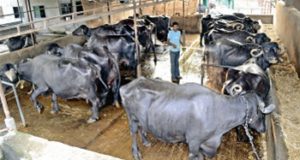
Figure 2 Traditional Cow Shed
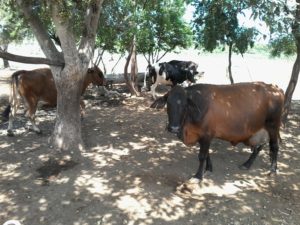
Loose Housing Farm in Maharashtra India
One cow/buffalo needs approximately 200 square feet of free space in Loose housing. This translates into 4-5 animals per 1000 sq. feet.
Before letting animals free, we need to make available for water and for manger. We also need to construct a wall compound where the animals are located. The compound can be made up of iron mesh which is easily available at economical costs.
Cows released from traditional farm, need approximately 2 to 3 days to adjust in this new setting.
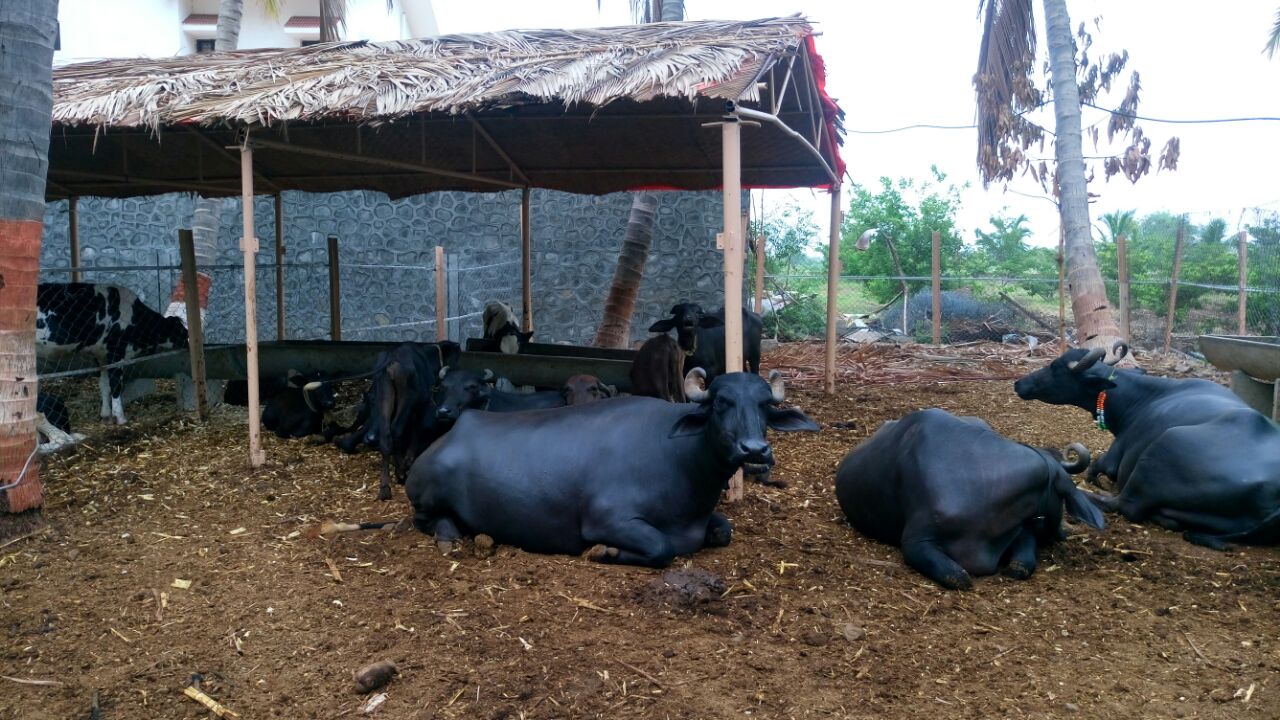
Figure 4 Loose housing Buffalo farm in India
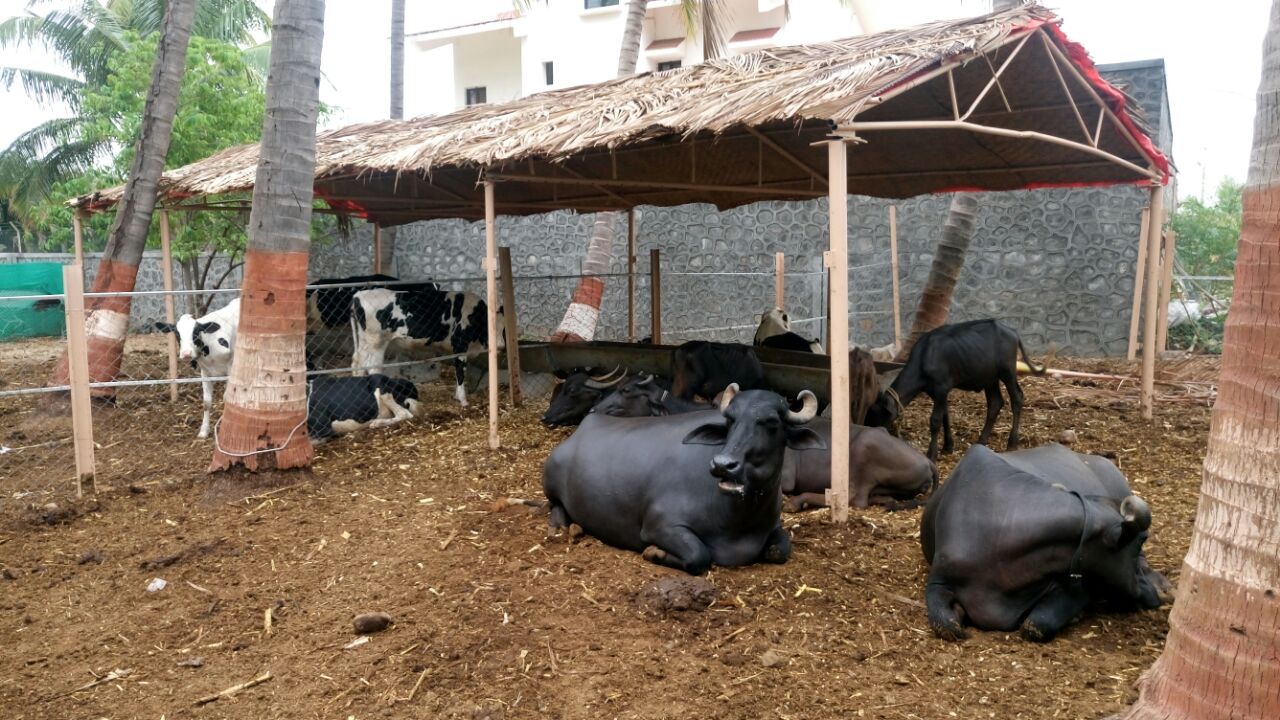
Loose housing Buffalo Farm 2
We need to be on our toes and alert during this time transition. Farmers don’t adopt this method because they have a inherent fear that animals will hurt each other.
In reality, after adjusting to new setting animals never hurt each other. In case they are still fighting amongst each other, we can adopt a rope setting by tying one leg of cow with the mouth. The animal won’t be able to use its horns. It will help us to restrict its movement.
Advantages of open cattle shed
Economical dairy farming
This type of cattle shed is less expensive compared to the other types of sheds for dairy farming.
Sterilized/disinfected dairy farm
After having iron mesh fencing we can arrange water and fodder on any one side. Arranging so as to keep cows mouth in east-west direction, will dry out the cattle shed with help of Sunlight. Which in turn will keep the cattle shed clean, disinfected and reduce the disease occurrence in the cows.
Shade and Increased Immunity
Hybrid/crossbreed animals need good amount of cool shade and dry place to sit. Having natural shade of trees or man-made shed in loose housing farm is a must for hybrid cows. It reduces panting by cows, during hot summers of India.
This reduces stress on animals and helps to increase their immunity, resulting in increased milk yield.
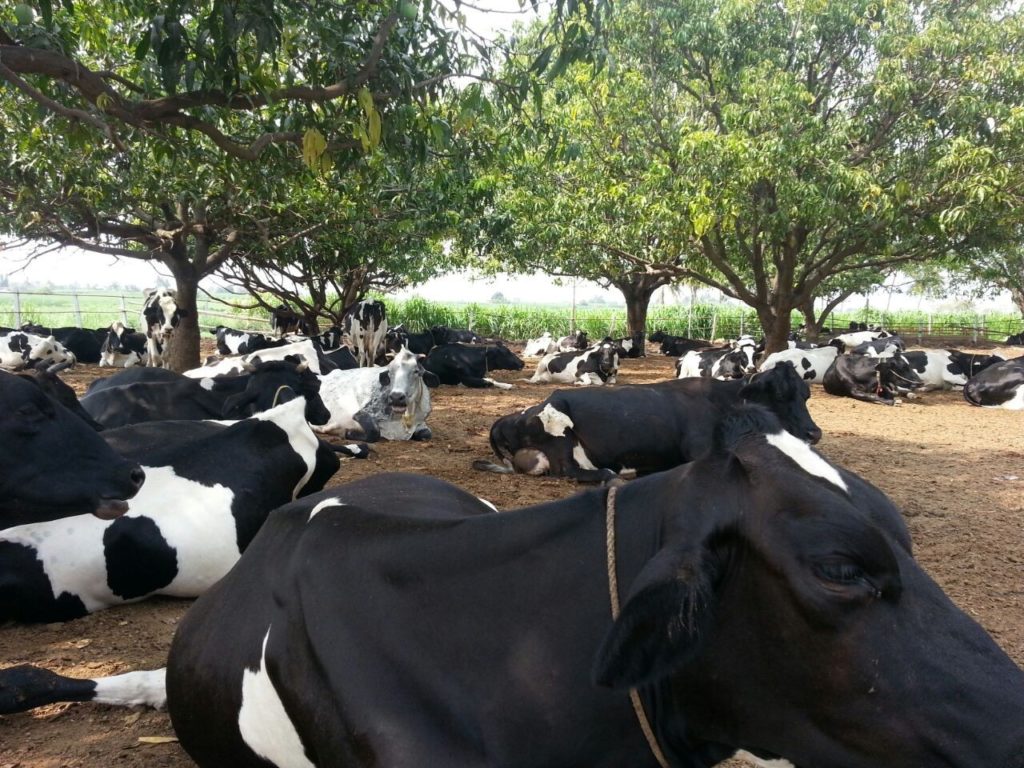
Natural loose housing cow farm in India
Showing Heat in Cow Dairy farm
Because cows and calves are let loose they roam around at will and naturally exercise by walking. This helps in balanced growth of their body.
Cows tend to show proper heat signs and we can also identify their hormonal changes. If the cow is on heat, we should separate the cow, perform artificial insemination and release it back in the dairy farm.
24/7 Availability of clean drinking water and milk production quantity
Animals can drink water whenever they are thirsty in loose housing dairy farm. Clean drinking water is to be made available 24/7.
4-5 liters of water is to be consumed by cows through combination of Green fodder, dry fodder and drinking water will result in milch cow producing one liter of milk in the udder every day.
Thus, it is ultra-important for milch animals to drink water whenever they are thirsty. This can be only possible in loose housing dairy farm
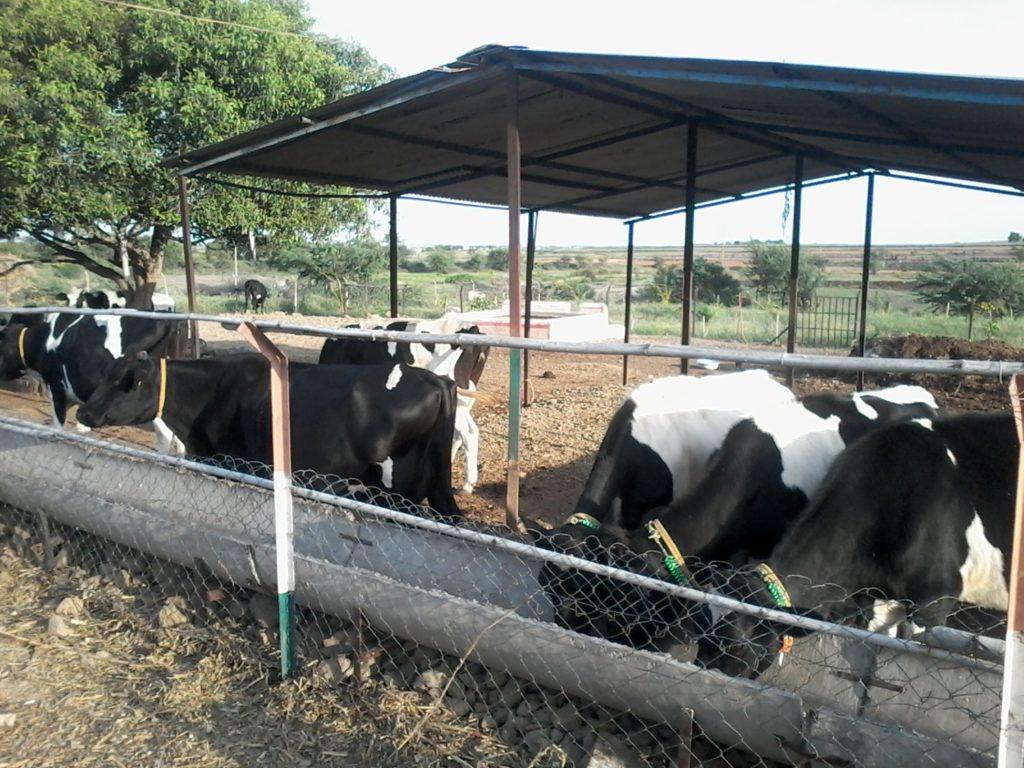
Loose housing dairy farm India
Grooming in Loose Housing dairy farm
There are expensive machines used by modern dairy farms for cow grooming.
However in India we don’t need them. We can have economical jugaad for it. In loose housing, it’s possible with some trickery.
First, we can install a pillar in center of the farm compound, which is wrapped it with coir (coconut tree rope). It provides a good surface for cows to rub their body against and get groomed.
The blood circulation improves, body is cleaned, old hair removed, ticks and insects get removed. The skin becomes shiny.
It reduces overall stress on the cow.
Cow dung management
Traditionally farmers collect the cow dung 2 to 3 times in a day or more than that. But in loose housing cattle farming, you can choose to do it once a month or two.
Sunlight helps the cow dung to dry out, while urine from cows helps it convert into cow dung manure very fast.
White grub cannot grow in this manure. This cow dung manure can be really useful to increase agricultural farm production.
During rainy season you must remove the cow dung every day.

Natural tree shed in Loose housing cow farm in India
Labor expense
In Loose housing, multiple activities like alternating place of animals, cleaning cow dung, providing drinking water to animals are reduced. There’s economy of time and efforts.
This helps us to reduce expenses on labor. As less number of labor required, Significant cost saving can be achieved and dairy farmer can plan to increase the number of animals and be profitable.
Protection of cows
With the use of iron mesh compound for dairy farm, cows are protected from dogs, foxes and other animals.
Cows in different age bracket, can give be provided separate compartment. Which increases our attention towards their different needs. Pregnant cows, milch cows, calves can be given separate feed to optimize production. This helps us to reduce cost and increase our profitability.
Healthy cows
In loose housing, due to conducive and healthy conditions overall, cows tend to fall sick very seldom. Healthy cows means more milk and more profitability with all other conditions remaining same. You can read about good dairy practices in NDDB guide
In this article, we have discussed importance of loose housing in dairy farming. This concept is very useful for dairy farmers in India.
Every dairy farmer should adopt this method and also spread awareness among his peers.
– Dr. Shailesh Madane
Connect with us with your doubts and questions in comments
You may also like : Silage Making in India
P.S: Correct and Suitable housing is key for Stress free cows and profitable dairy farming
Did you know that dairy animals need to lie down and take rest for atleast 12 to 14 hours in a day? Increasing lying time improves the health and reduces the incidence of lameness in dairy animals. If a dairy animal gets around 5 litres of water from all sources, then it can produce one litre of milk from it. Hence she must have access to a constant supply of clean fresh water at all times. You can control all this by having proper housing and shed design
Among the many factors that lead to the success or failure of dairy farms one of the most important factors is housing. A few things that stand out amongst the successful dairy farms are housing systems that require less labor, which provide a comfortable and healthy environment to animals, manage space including storage efficiently and take care of bio-security measures.
You can Check an online video course from Teplu where they have created a first of its kind course on “Housing for Dairy Animals” for you. This course will provide you insights into the different kinds of housing systems and will offer you 10 types of housing designs. Whether you have a dairy farm of 20, 100, 200 or 500 animals, you will get deep insights into every corner of a smart dairy housing design. Live videos have been shot in actual dairy farms which have been running successfully over the years. Learn from experts who have created successful farms.
Get The Dairy Farming Course now
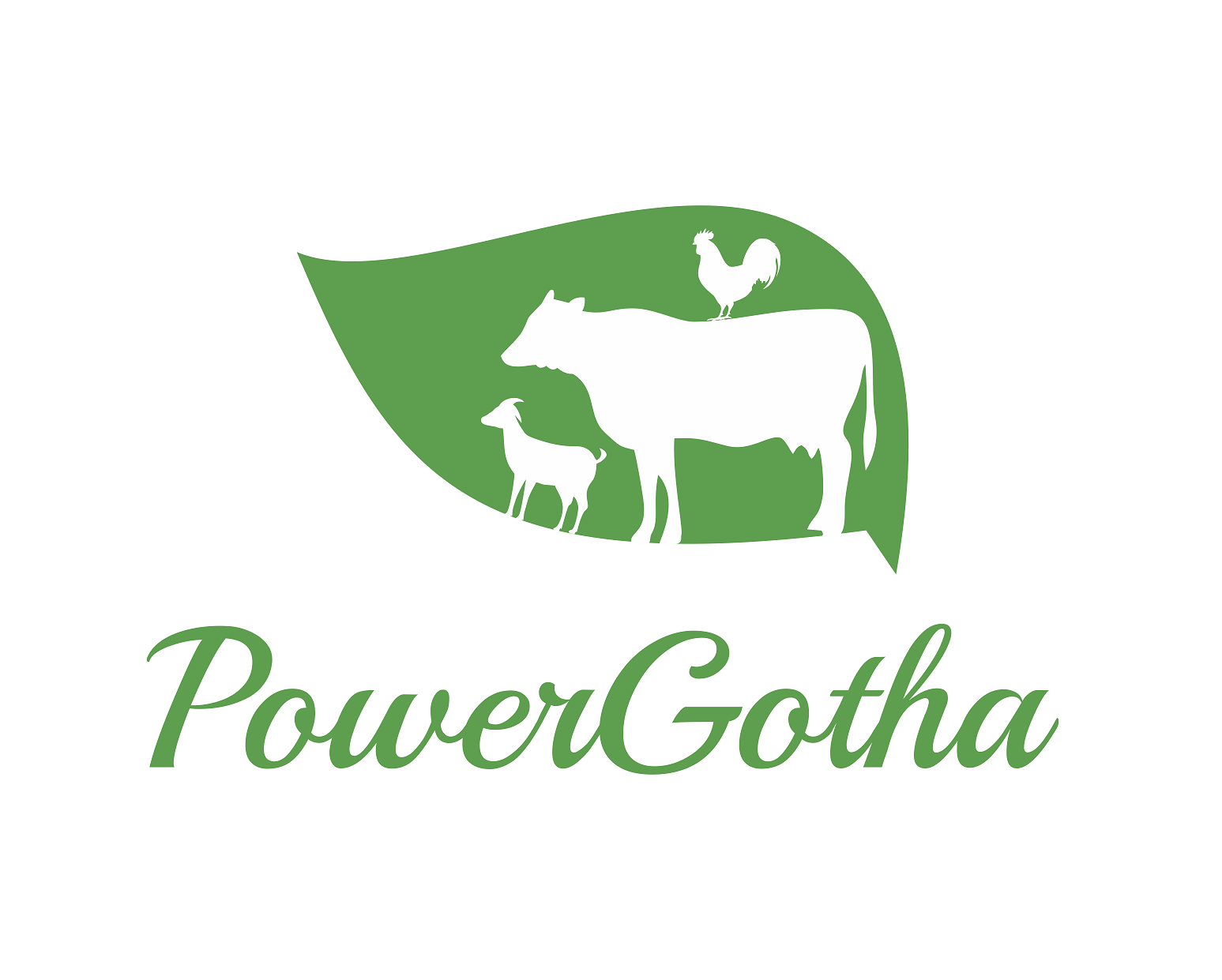
Animal shelters - My e Blackboard
May 4, 2021 at 5:38 pm[…] (Source: https://powergotha.com/en/loose-housing-dairy-farm-in-india) […]
Benjamin
September 12, 2020 at 12:14 pmVery nice.Benjamin
Ashok Yadaorao Bhadade
September 2, 2020 at 11:28 amSilage feeding and mukt gota padhat
Reduced expenses of feeding , labor
Animals are healthy so reduced
Treatment expenses.
Morgin of profits increased
Nikam Tanaji
August 31, 2020 at 12:09 pmSex sem
JPS Deshwal Retd.suprintending engineer.
August 30, 2020 at 5:59 pmIt is really excellent idea according to the animal needs for their comfortable living which will keep cows healthy and cool and also definitely will increase their produce.
Rajesh kumar
August 26, 2020 at 2:56 pmHameko10janwar ke liye badhiya sade banane ka idia chahiye
Uday Kumar
July 24, 2020 at 9:07 pmThis is the best model of dairy farm.
I am very much interested to get training n course.
Ravi Chandran
July 22, 2020 at 3:25 pmIam following this method in my farm past 5 years
Saif Khan
August 31, 2020 at 4:07 amSir pls can share some experience with me
9967257866 Mumbai
Gunjan
July 21, 2020 at 4:42 amमें pashupalan form kholna chahati hu kese khulwana h pls bataye
SANJAY KUNDARGI
July 10, 2020 at 1:57 amall redy 20cows in my dairy farm intrest the loose dairy. Farm House and pleas help me
SANJAY KUNDARGI
July 10, 2020 at 1:53 amGood thing loose dairy farm where are this
Mayank Sharma
June 30, 2020 at 6:38 amI want to start cow farm plz help me
Yash sai
July 22, 2020 at 3:54 amWhat help
Anil Kharde
May 10, 2020 at 5:50 amI want start cow farm
Animal shelters – My e Blackboard
April 20, 2020 at 6:51 pm[…] (Source: https://powergotha.com/en/loose-housing-dairy-farm-in-india) […]
Dhananjay Kasar
October 11, 2019 at 10:17 amhii. While clearing the cow dung it is possible that soil get mix with the dung and after a particular period we can loose our levelling of the ground. How can we tackle this situation. Kindly suggest the practice to clear the dung appropriately
Ashik
June 24, 2020 at 7:48 amActually soil will come out in the begining later the whole ground becomes a mat.. U belive or not, my farm is loose house shed.. And its perfect with 50 cows.. But we do remove dung every 2 days
Subhasish Samaddar
July 28, 2019 at 12:17 amCan Powergotha help us on setting up a diary farm guiding us?Please contact me if possible.I will pay for traing and guiding.We are from west bengal
Team PowerGotha
August 4, 2019 at 9:35 amYes
We can help
Contact us at support @ powergotha.com with your details, name, place, email id, phone number, your education, current occupation, amount of investment available.